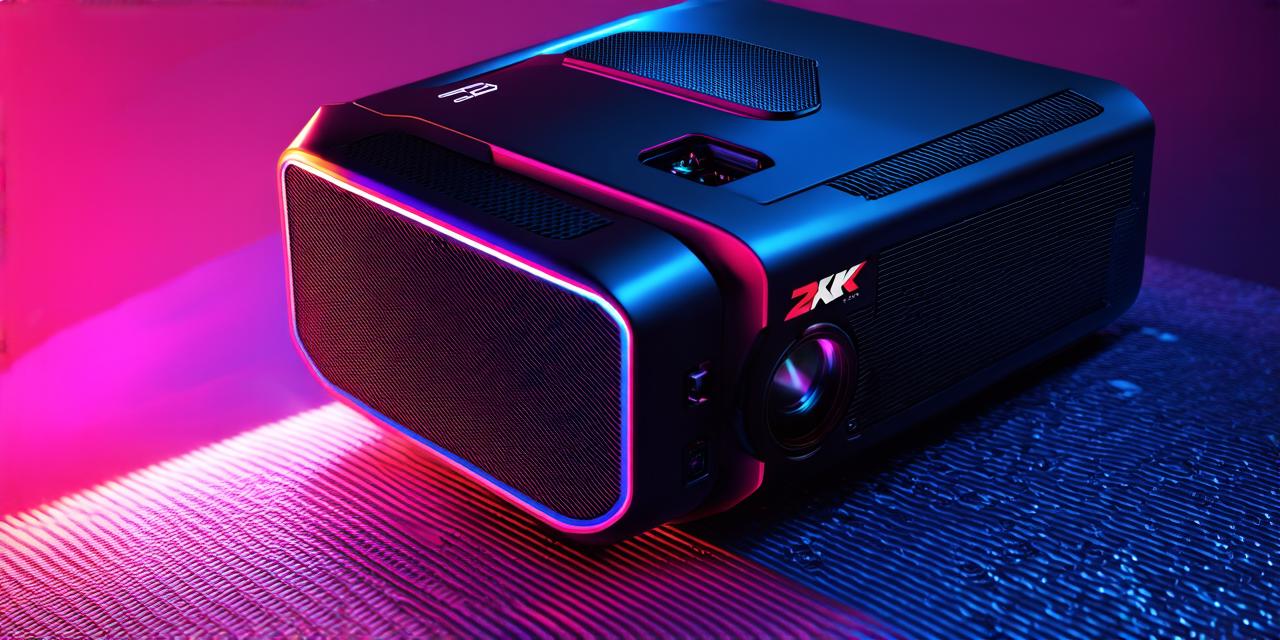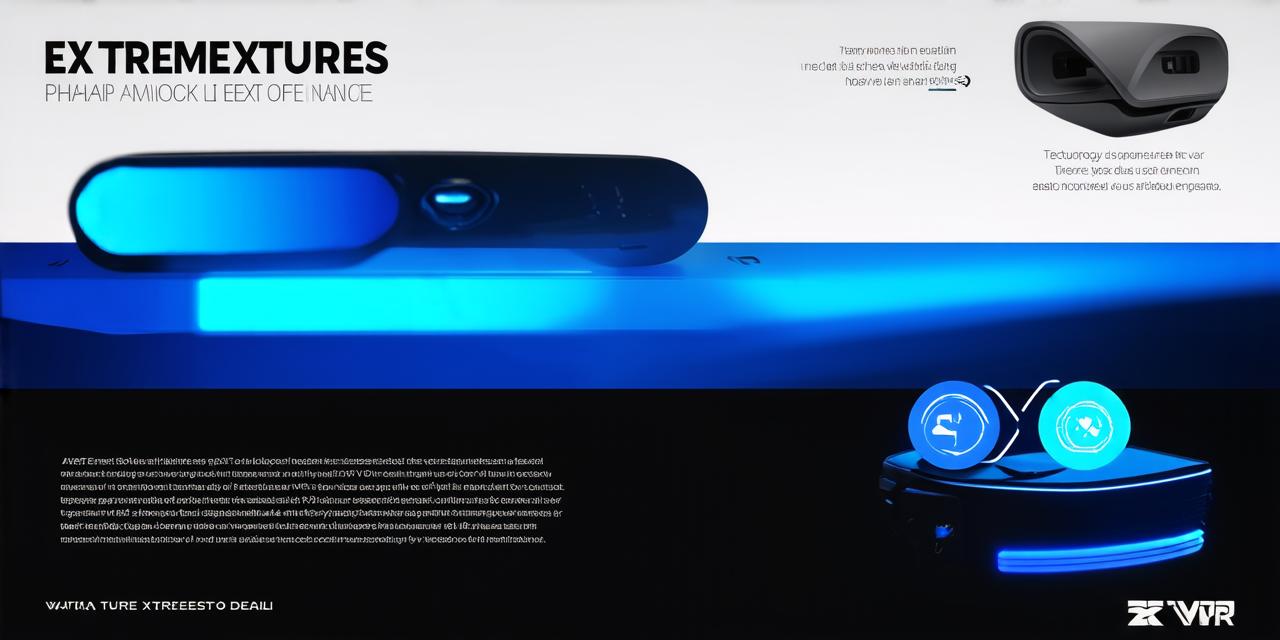XR technology, or “extended reality,” refers to the various tools and technologies that allow us to create immersive digital environments and experiences.
One prime example of this technology is the HoloDeck, a cutting-edge device developed by the fictional company Neural Interface Systems in the popular science fiction series “Star Trek: The Next Generation.”
The HoloDeck allows users to step into fully immersive virtual environments, where they can interact with digital objects and characters as if they were real.
This is achieved through a combination of advanced sensors, holographic displays, and neural interfaces that allow the user’s brain to perceive and respond to the virtual environment in real-time.
One of the key features of the HoloDeck is its ability to simulate physical sensations, such as touch, temperature, and even pain. This is accomplished through a combination of haptic feedback devices, which provide tactile sensations to the user’s skin, and advanced neural stimulation techniques, which can directly influence the user’s nervous system.
In addition to its immersive capabilities, the HoloDeck also allows for a high degree of interactivity. Users can manipulate virtual objects, engage in combat with digital enemies, and even perform complex surgeries using holographic surgical tools.
This level of interaction is made possible through a combination of advanced motion tracking systems, which allow the user’s body to be accurately tracked and mapped in real-time, and sophisticated artificial intelligence algorithms, which can interpret and respond to the user’s actions in real-time.
Overall, the HoloDeck represents a prime example of the potential of XR technology to create fully immersive and interactive digital experiences. While currently still largely the realm of science fiction, advances in this field are already beginning to make it possible for us to experience virtual reality in ways that were once the stuff of our wildest imaginations.



